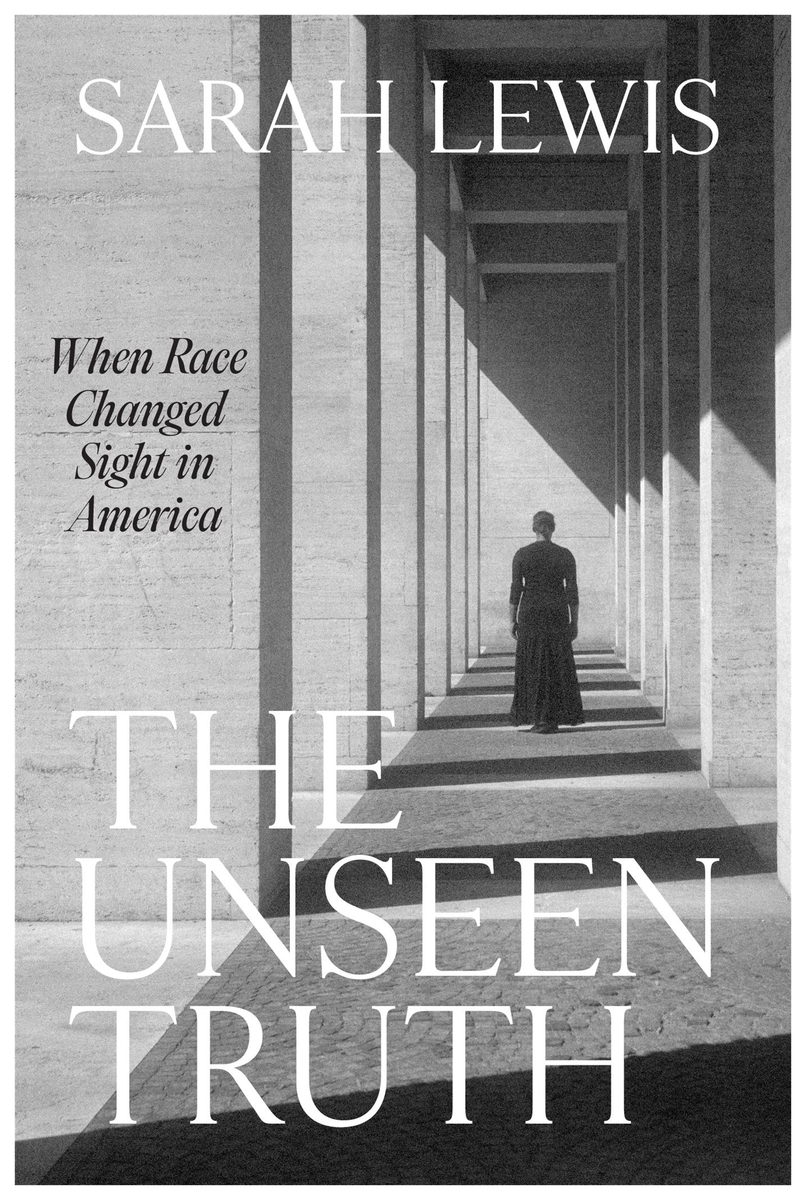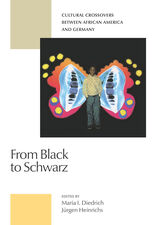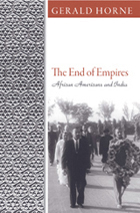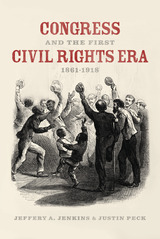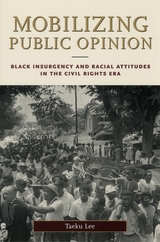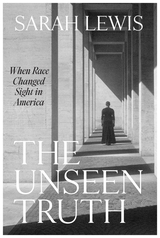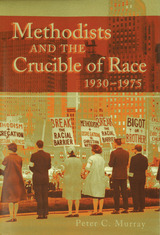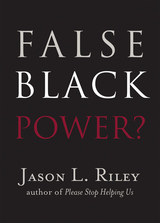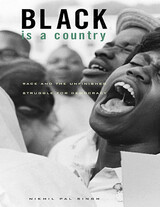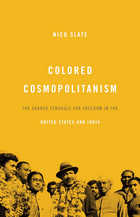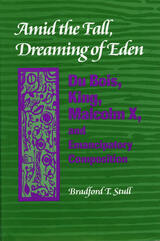Absolutely brilliant. Uniquely astute. Sarah Lewis grows The Unseen Truth from her superb Vision and Justice project into a work of stunning originality. There is so much here as Lewis ‘unsilences’ the past in a voice both informative and seductive. Her astonishing cast of characters stars Caucasians, Circassians, and most revealingly, Woodrow Wilson. Each chapter exposes the ‘racial detailing’ that has constructed a repressive racial regime that, once seen, can be undone.
-- Nell Irvin Painter, author of the New York Times bestseller The History of White People
Sarah Lewis’s The Unseen Truth isn’t just a groundbreaking work of visionary scholarship. It’s an earthquake. Here is the map key to seeing—or, as she shows, re-seeing—the fault lines of race and how, after the Civil War, they were buried beneath an onslaught of constructed American fictions diabolical in their details and devastating in what they taught generations to filter out, allowing them to see only in Black and white. All credit to Lewis for removing the blindfold.
-- Henry Louis Gates, Jr., author of The Black Box: Writing the Race
Race is a fiction, even as it overwhelms and shapes our history. In The Unseen Truth, born of her long study of visuality, Sarah Lewis returns innovatively to the story of race as a creation of how we see or unsee. She beautifully illuminates an American and human tragedy—that we may be much better at seeing race than we ever are at understanding it. In a sweeping history from the Civil War to the Great War era, Lewis shows historically how Americans forged a lethal racial regime with their eyes as much as their minds.
-- David W. Blight, author of the Pulitzer Prize–winning Frederick Douglass: Prophet of Freedom
In a work of great originality and scholarly imagination, Sarah Lewis opens our eyes to what we have been too blinded to see in the narratives of race that have defined our nation. Her insights are transformative and indispensable.
-- Drew Gilpin Faust, author of This Republic of Suffering: Death and the American Civil War
In The Unseen Truth, it is almost as if Sarah Lewis has given us a new pair of glasses that allow us to see history in ways that were previously unclear. Every chapter is suffused with revelations that expand and clarify our understanding of the past. This book has changed the way I look at history. It has changed the way I observe the world. Lewis has provided us with an indispensable resource to better see ourselves.
-- Clint Smith, author of How the Word Is Passed: A Reckoning with the History of Slavery Across America, winner of the National Book Critics Circle Award for Nonfiction
An engaging, compelling read from a remarkable scholar. The Unseen Truth shines light on a long-silenced history, offering endless ways to realize the possibilities for justice.
-- Deborah Willis, prizewinning photo historian and author of Reflections in Black: A History of Black Photographers 1840 to the Present
Writing about race is like hunting for the origins of a lie. In this masterpiece of American history, written with verve, delicacy, and imagination, Lewis takes the color line and blows it up, capturing a moment in the late nineteenth century when the older rhythms of racial sight broke down and a new, pernicious attention to detail emerged. The supposed truth of tiny distinctions, she shows us, is a lie of enormous, heartbreaking consequence for the decades that followed.
-- Matthew Pratt Guterl, author of Skinfolk
A watershed in the study of art, social, and cultural history, The Unseen Truth is probing and brilliant, based on superb research and filled with remarkable discoveries. Sarah Lewis illuminates what it means to both ‘see’ and create race, deepening our ability to pursue justice.
-- Imani Perry, author of South to America: A Journey Below the Mason-Dixon to Understand the Soul of a Nation, winner of the National Book Award
Exhaustively researched, deeply original, and analytically brilliant, The Unseen Truth is a landmark in the literature on race. Sarah Lewis has uncovered elements that are both literally and metaphorically hidden in plain sight and offered a new way of seeing the racial fictions that surround us. The canon of indispensable books on the volatile alchemy of race has just grown by one.
-- Jelani Cobb, author of The Substance of Hope: Barack Obama and the Paradox of Progress
In this richly researched and capacious text, Sarah Lewis traces the fictions of race that subtend racial domination and the ways that their maintenance demands a simultaneous seeing and unseeing. With its sustained attention to art, photography, popular culture, and performance, The Unseen Truth enacts ‘a system break in the usual circuits’ of ‘racial sight’ and representation. This is necessary reading.
-- Christina Sharpe, author of Ordinary Notes
In this extraordinary book, Sarah Lewis opens our eyes to the centuries of sedimented prejudice that continue to shape our present. Taking us on a journey from the Caucasus to America, where new racial imaginaries were being forged, she shows how the instability of the Caucasus as a signifier of race reveals the fragile, spurious nature of racialized thinking itself.
-- Rebecca Ruth Gould, author of Writers and Rebels: The Literature of Insurgency in the Caucasus
The Unseen Truth is a magnificent revelation. Lewis traces the precise historical moments when minute cultural obediences became sutured—a process she calls ‘detailing’—into American habits of seeing. She illuminates how insistent little distinctions quietly moved collective perceptions of difference, imposed borders, and built walls for or against the social risks of diminished status and civil death. To this day, these creepingly astigmatic distortions undergird laws that contradict themselves in every possible way except their consistent adherence to a vision of derogated black humanity. Sarah Lewis has written a brilliant and breathtaking exposé of an American tragedy: how we intentionally and repeatedly have found ways to blind our eyes and silence our souls as a way of proving what doesn’t exist
-- Patricia J. Williams, author of The Miracle of the Black Leg: Notes on Race, Human Bodies, and the Spirit of the Law
In this lyrically written and deeply learned book, Sarah Lewis excavates the repressed pasts and submerged narratives of racialization that have shaped American life. The Unseen Truth not only restores this fascinating history to vision, but also enables us to reconsider the American project from her passionate, critical, and necessary perspective.
-- Huey Copeland, coeditor of Black Modernisms in the Transatlantic World
The Unseen Truth is a call to arms.
-- Maurice Berger, author of For All the World to See: Visual Culture and the Struggle for Civil Rights
